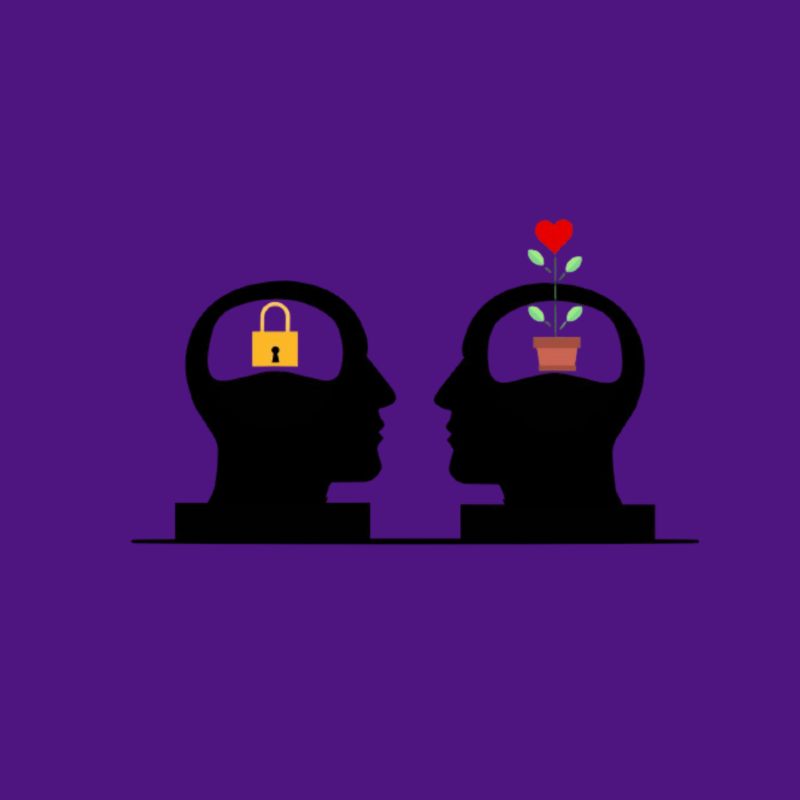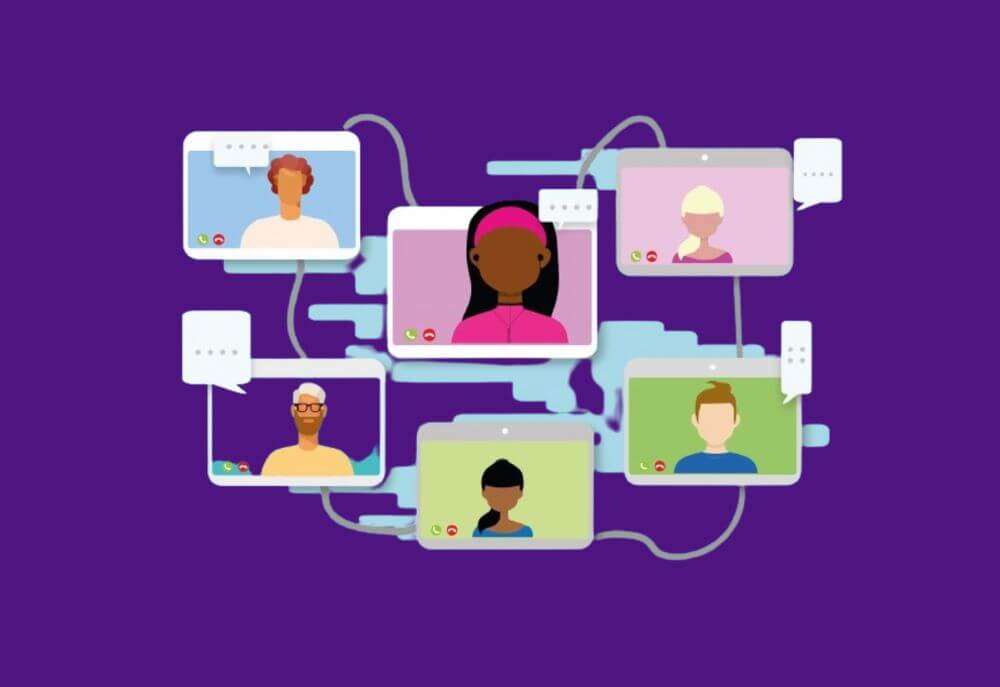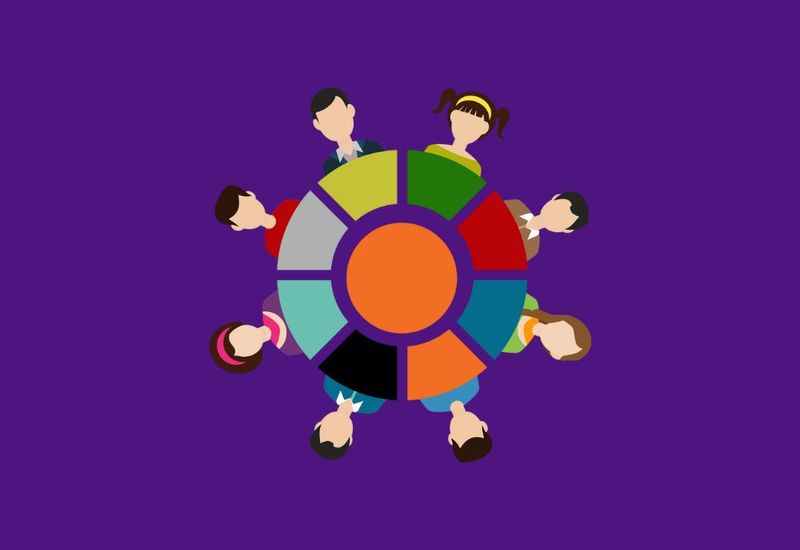In today’s fast-paced world, the concept of a growth mindset has gained significant attention, especially in educational and professional settings.
Coined by psychologist Carol Dweck, a growth mindset refers to the belief that abilities and intelligence can be developed through hard work, constructive criticism, and the learning process.
This mindset contrasts sharply with a fixed mindset, where individuals believe their abilities are static and unchangeable.
This article delves into various examples of growth mindsets, explores practical examples, and highlights the importance of adopting this mindset for personal and professional growth.
Understanding Growth Mindset
A growth mindset is rooted in the belief that one can enhance their talents and intelligence through dedication and effort.
People with a growth mindset embrace challenges, persist in the face of setbacks, learn from feedback, and find inspiration in others’ successes.
On the other hand, those with a fixed mindset avoid challenges, give up easily, ignore feedback, and feel threatened by the success of others.
Examples of Growth Mindset
Embracing Challenges
One of the most prominent examples of a growth mindset is the willingness to embrace challenges.
For instance, consider an employee who takes on a new project outside their area of expertise. Despite initial difficulties and a steep learning curve, they view the challenge as an opportunity to expand their skill set and knowledge.
Instead of avoiding the project out of fear of failure, they tackle it head-on, seeking resources, asking for help when needed, and steadily improving.
This attitude exemplifies a growth mindset, as they see each challenge as a valuable learning experience that contributes to their professional growth.
Learning from Feedback
Constructive criticism is a powerful tool for growth.
Employees who seek feedback from their supervisors and colleagues and use it to improve their performance exemplify a growth mindset.
They view feedback not as a personal attack but as valuable information to enhance their skills and achieve their goals.
Persistence in the Face of Setbacks
Persistence is another hallmark of a growth mindset.
Take the example of Thomas Edison, who famously failed thousands of times before successfully inventing the light bulb.
Edison’s persistence and belief that failure was simply a step toward success illustrate the power of a growth mindset.
Valuing the Learning Process
Individuals with a growth mindset value the learning process itself, not just the result.
For example, an artist who experiments with different techniques and styles, continually refining their craft, demonstrates a growth mindset.
They understand that each experiment, whether successful or not, contributes to their overall growth as an artist.
Setting and Achieving Goals
Setting realistic and challenging goals is a key aspect of a growth mindset.
Athletes who set personal records and work diligently to achieve them, despite the odds, show a strong growth mindset.
They understand that each goal achieved is a testament to their hard work and dedication.
Practical Examples of Growth Mindset
In Education
Teachers who adopt a growth mindset create an environment where students feel safe to take risks and make mistakes.
For example, a teacher might encourage students to share their thought processes, even if their answers are incorrect.
This approach fosters a culture of learning and growth, where mistakes are seen as opportunities to improve.
In the Workplace
Companies that promote a growth mindset culture encourage employees to innovate and take risks.
Google, for instance, allows employees to spend a portion of their time on personal projects. This policy has led to the creation of innovative products like Gmail and Google Maps.
By fostering a growth mindset, Google has created an environment where creativity and innovation thrive.
In Personal Development
Individuals who adopt a growth mindset in their personal lives often engage in lifelong learning.
For example, someone who takes up a new hobby, such as learning a musical instrument or a new language, demonstrates a growth mindset.
They understand that the journey of learning is just as important as the destination.
Growth Mindset vs. Fixed Mindset Examples
To better understand the impact of a growth mindset, it is helpful to compare it with a fixed mindset. Here are some examples:
- Approach to Challenges
- Growth Mindset: Sees challenges as opportunities to learn and grow.
- Fixed Mindset: Avoids challenges for fear of failure.
- Response to Setbacks
- Growth Mindset: Views setbacks as a natural part of the learning process.
- Fixed Mindset: Sees setbacks as proof of inadequacy.
- Reaction to Feedback
- Growth Mindset: Embraces feedback and uses it for improvement.
- Fixed Mindset: Ignores or resents feedback, seeing it as criticism.
- Effort and Hard Work
- Growth Mindset: Believes effort leads to mastery and success.
- Fixed Mindset: Thinks talent alone leads to success without the need for effort.
Examples of Identity in Growth Mindset
A crucial aspect of a growth mindset is how individuals view their own identity. Those with a growth mindset see themselves as evolving and capable of change.
For example, an employee who identifies as a lifelong learner is more likely to seek out new challenges and opportunities for development.
This identity fosters resilience and a positive attitude towards continuous improvement.
Learning from Failures
Failures are inevitable, but those with a growth mindset view them as stepping stones to success.
For instance, a startup founder who experiences multiple business failures but continues to refine their business model and strategy demonstrates a growth mindset.
Each failure provides valuable lessons that contribute to future success.
The Role of Constructive Criticism and Feedback
Constructive criticism and feedback are essential components of a growth mindset. For example, a writer who receives critical reviews but uses them to improve their writing shows a growth mindset.
They understand that feedback, even if initially painful, is crucial for growth and improvement.
Additional Insights
While the aforementioned examples provide a comprehensive understanding of a growth mindset, there are additional aspects worth exploring:
Mindset in Leadership
Leaders with a growth mindset inspire their teams to embrace challenges and persist through difficulties.
They model resilience and a commitment to continuous improvement, fostering a culture of growth within their organizations.
Impact on Mental Health
Adopting a growth mindset can positively impact mental health.
Individuals who believe in their ability to change and improve are less likely to experience anxiety and depression when faced with challenges.
They have a more optimistic outlook and greater resilience.
Cultural Influence
Different cultures may emphasize either a growth or a fixed mindset.
Understanding these cultural influences can help educators and leaders tailor their approaches to foster a growth mindset in diverse environments.
Conclusion
Embracing a growth mindset is a powerful tool for personal and professional development.
By valuing hard work, learning from feedback, and viewing challenges as opportunities, individuals can unlock their full potential.
The practical examples of growth mindset discussed in this article highlight the transformative power of this mindset in various aspects of life.
Whether in education, the workplace, or personal development, adopting a growth mindset can lead to greater achievements and a more fulfilling life.



